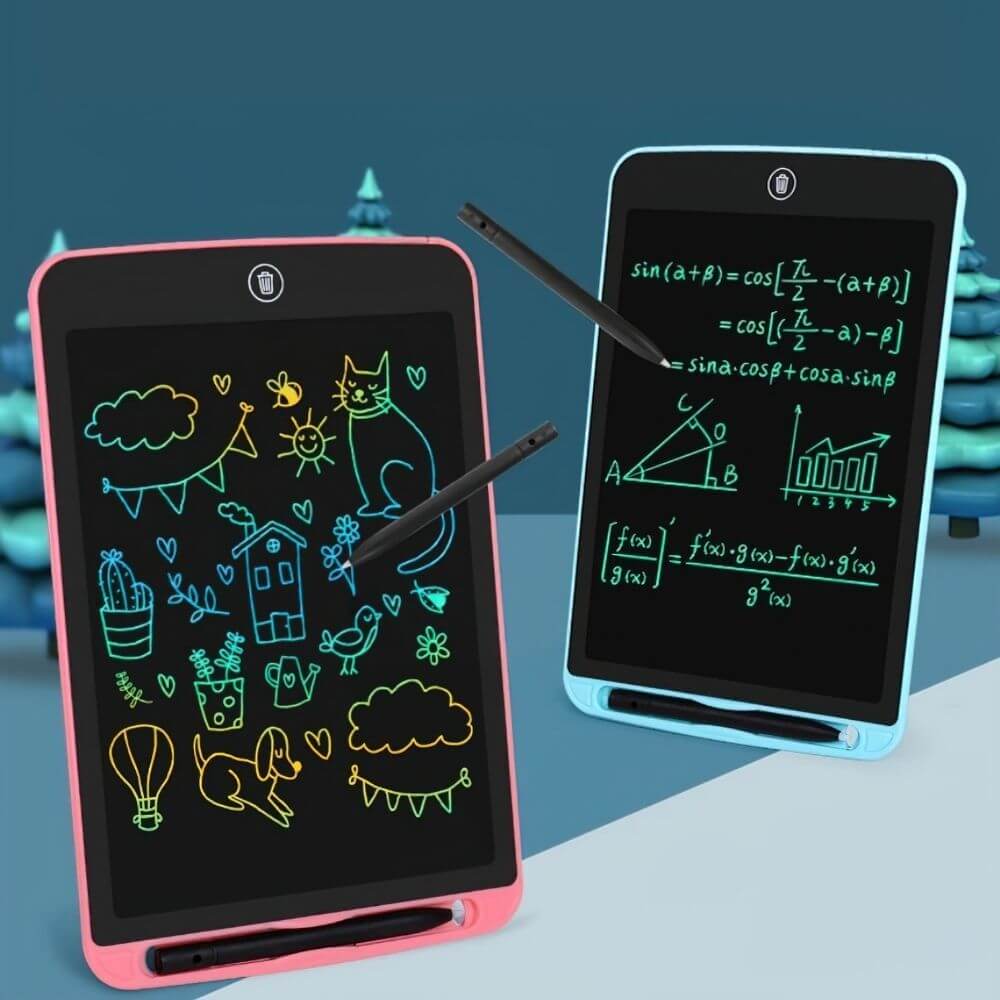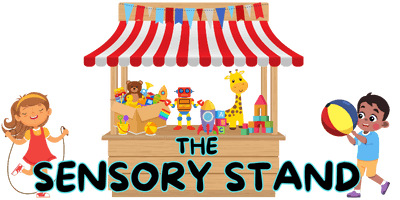NDIS & AFTERPAY Payments Accepted | Australian Family Business Based on the NSW Central Coast
NDIS & AFTERPAY Payments Accepted | Australian Family Business Based on the NSW Central Coast
Play & Learn
ORAL & BREATHING
SENSORY
SHOP BY

Are LCD Writing Tablets Safe for Kids?
September 18, 2021 5 min read
As we all embrace technology more and more in our lives, kids are learning to do the same. Of course, some parents are keen to introduce technology as early as possible into their children’s lives, and parents who would rather delay or limit the use of electronic devices. Whatever your personal philosophy around the role of technology in your child’s life, this article is for you.
Kids have innate creativity that offers plenty of emotional, emotional, intellectual, and even health benefits. Creativity also helps children be more confident and learn better. From an early age, children are exploring their ability to create and communicate using various media: paints, crayons, markers, and other art materials. But drawing or coloring can be messy. While at home, day-care, or school, kids can mess around with materials; when out and about, things can get complicated. Quiet, lightweight, portable, and durable, LCD writing tablets can be taken anywhere: on long car drives or flights, at restaurants, in waiting rooms, even when visiting friends or family, and we don’t want our child to spend too much time in front of the TV.
With so many doodle pads and drawing pads for kids that you can find today, how do you know which ones are safe for your child? This article is a guide for the aspects to look for while choosing a tablet for your toddler or older child.
How to evaluate if a drawing tablet is safe for young children?
- Built-in Sealed Battery
The most important aspect is that the tablet has a screw securing the button battery in place, preventing a child from getting to it and swallowing it. No matter how affordable or packed with features a writing tablet for kids is if the battery compartment is not sealed by a screw, stay away.
2. Internet Connection and Phone Call Functionality
Is there a link between the Internet and electromagnetic radiation?
Many tablets that are designed for kids can connect to a network. And anything that connects wirelessly is a source of electromagnetic radiation (EMF). They emit the same kind of EMF as cell phones or laptops. Tablets that use only Bluetooth or WiFi indeed emit much less EMF than cell phones. However, the volume they emit is enough to initiate adverse health issues, especially in children. Another aspect to keep in mind is that some “calling tablets” or the iPad use a cellular network to connect to the internet or make calls. For these tablets, the level of EMF exposure will be like that of a cell phone user.
The possible health effects of EMF include insomnia, brain tumours, mental health issues, immune system deficiency, and even cancer. According to a team of researchers from the American Academy of Pediatrics led by Dr. Leif Kheifets, children are more vulnerable to health risks from EMF radiation than adults for several reasons:
- Their skulls are thinner – it seems that bone provides a degree of natural shielding against EMF, therefore children have less natural protection. Also, a 2015 study funded by the Environmental Health Trust found that kids absorb more radiation from cell phones than adults.
- Children’s brains are smaller – this means that harmful radiation penetrates more deeply into the brain and exposes a larger portion of the brain.
- Kids are younger – this means they will be exposed to EMF radiation for longer than adults because they have longer to live. This means that the exposure will accumulate and grow over time.
The research is still in the beginning, and an established cause-effect relationship is absent while the scientific findings are not robustly quantifiable. Therefore, until we learn more, it is best to take a precautionary approach regarding exposing children to EMF radiation generated by tablets that connect to the internet and have phone call functionality.
3. Blue Light Exposure
Is all blue light bad for you?
The largest source of blue light is sunlight. Other artificial sources are computer monitors, smartphones, and tablet screens. Blue light exposure received from screens is small compared to the amount of exposure from the sun. And yet, there is concern over the long-term effects of screen exposure because of the close proximity of the screens and the length of time children spend looking at them. According to a recent NEI-funded study, children’s eyes absorb more blue light than adults from digital device screens.
Natural blue light is essential for maintaining good health:
- It boosts alertness, helps memory and cognitive function, and elevates mood.
- It regulates circadian rhythm – the body’s natural wake and sleep cycle. Exposure to blue light during daytime hours helps maintain a healthful circadian rhythm
- Not enough exposure to sunlight in children could affect the growth and development of the eyes and vision. Early studies show a deficiency in blue light exposure could contribute to the recent increase in myopia/near-nearsightedness
The effect artificial blue light has on sleep and eyes
.
Almost all visible blue light passes through the cornea and lens and reaches the retina. This light may affect vision and could prematurely age the eyes. Early research shows that too much exposure to blue light could lead to:
- Retina damage: Studies suggest that continued exposure to blue light over time could lead to damaged retinal cells. This can cause vision problems like age-related macular degeneration.
- Digital eyestrain: Blue light from computer screens and digital devices can decrease contrast leading to digital eyestrain. Fatigue, dry eyes, bad lighting, or how you sit in front of the computer can cause eyestrain. Symptoms of eyestrain include sore or irritated eyes and difficulty focusing.
- Sleep disorders: blue light can significantly suppress the secretion of melatonin (also known as the sleep hormone) in both adults and children. Children have larger pupils than adults. A research study found that evening light exposure suppressed melatonin twice as much in children compared to adults. A child’s age and developmental stage may also determine the impact. Researchers found that children who had not yet gone through puberty experienced significantly more melatonin suppression in response to evening light compared with post-puberty adolescents.
It may be challenging to set a technology curfew to combat the effects of blue light exposure before bed or to limit the screen time during the day, especially with young children who do not always respond to reasoning.
So which LCD writing tablet should you buy for your child?
Considering all the above, one may think that it would be complicated to find a drawing pad for kids that is both safe and affordable. Do not worry! Sensory Stand has got you covered. We have done all the research for you and selected the best drawing tablets for beginners. They do not generate blue light or EMF radiation and have a built-in sealed battery. From 8.5 and 12 inch writing tablets for kids to cartoon animals doodle pads for toddlers, our tablets have been designed with children in mind. Having read this article, you can now make an informed purchase.
Subscribe
Sign up to get the latest on sales, new releases and more …

